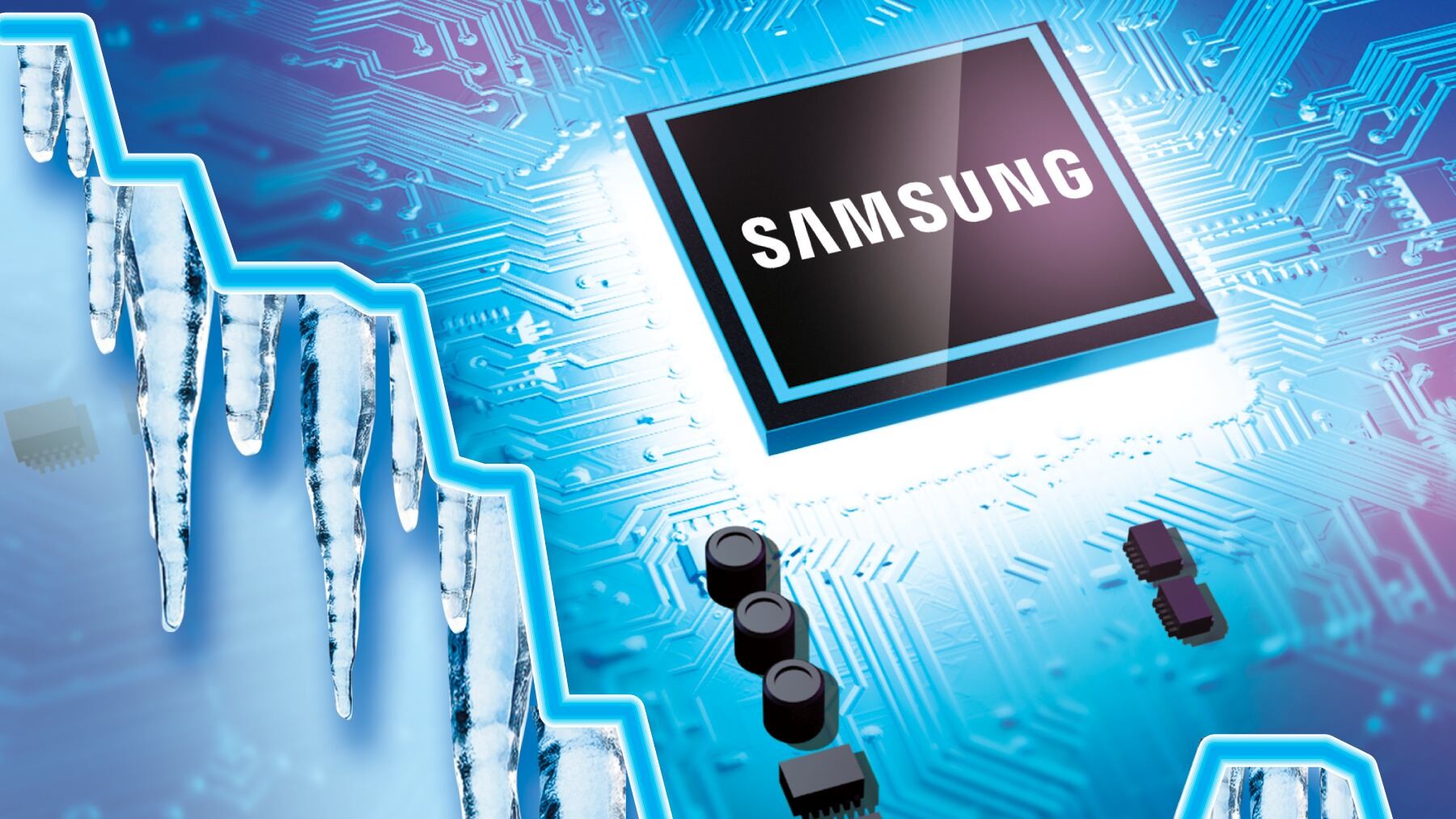
Samsung Electronics faces mounting challenges heading into 2024, as the tech giant grapples with intensifying competition from Chinese chipmakers and uncertain market conditions.
Market analysts have dramatically cut Samsung's profit forecasts, with the average operating profit projection for 2025 now at 40.48 trillion won ($30 billion) - a steep 36.3% reduction from earlier estimates.
The company confronts multiple headwinds, including aggressive expansion by Chinese manufacturers into the memory chip market. ChangXin Memory Technologies (CXMT) and other Chinese firms are offering DRAM chips at prices nearly 50% lower than Samsung's products. This price war has already driven down costs, with PC DRAM prices dropping over 20% in November alone.
Industry experts predict China's DRAM production will surge by 25% next year, putting additional downward pressure on global prices. "The DRAM and NAND markets will face major headwinds next year," notes Lee Seung-woo from Eugene Investment & Securities, projecting Samsung's operating profit to decline to 33 trillion won.
The potential return of Trump-era trade policies presents another challenge, as increased tariffs could raise Samsung's chip prices and dampen demand for devices using its components. Since recent U.S. election developments, analysts have reduced Samsung's profit forecasts by approximately 20%.
While the artificial intelligence chip sector shows promise for growth, Samsung has yet to demonstrate clear technological advantages over competitors. The company's planned supply of HBM3E chips to Nvidia has experienced delays, pushing delivery into next year.
Domestically, Samsung awaits resolution on the K-Chips Act, which would exempt semiconductor R&D staff from South Korea's 52-hour workweek limit. The proposed exemption would affect about 7,000 employees, representing 9% of Samsung's semiconductor workforce, but faces political opposition.
As Samsung reshuffles its semiconductor leadership, the company must navigate these challenges while developing a clear strategy for success in the evolving chip market landscape.